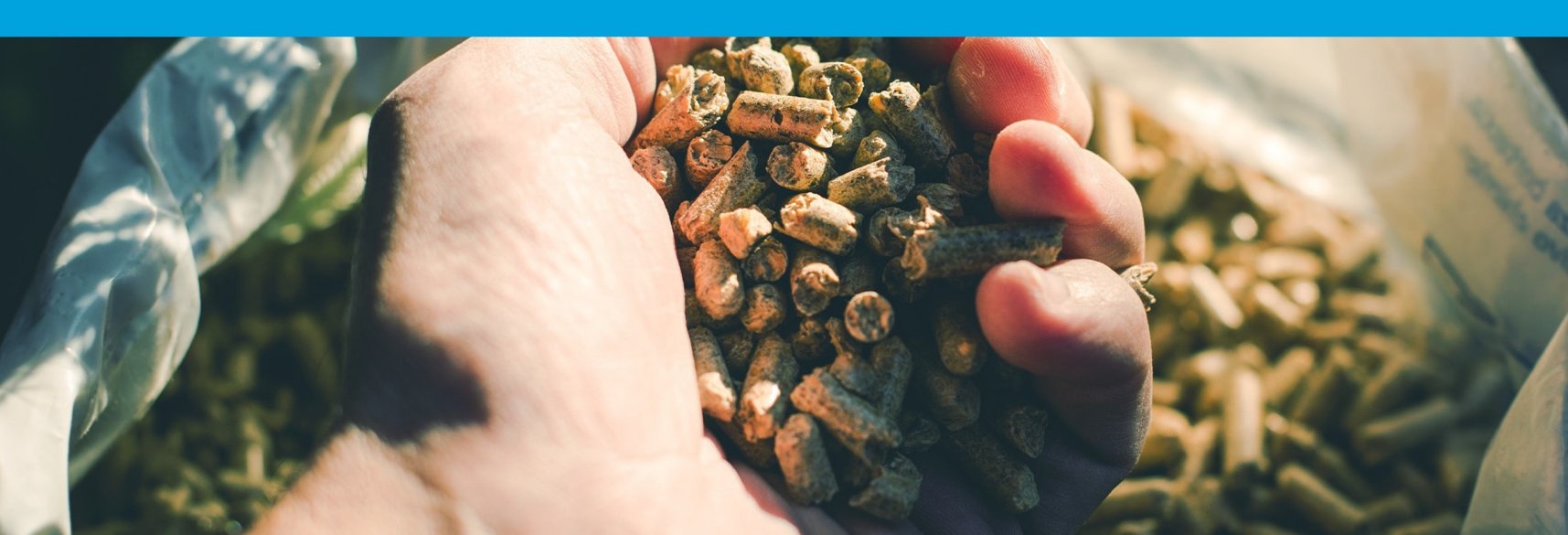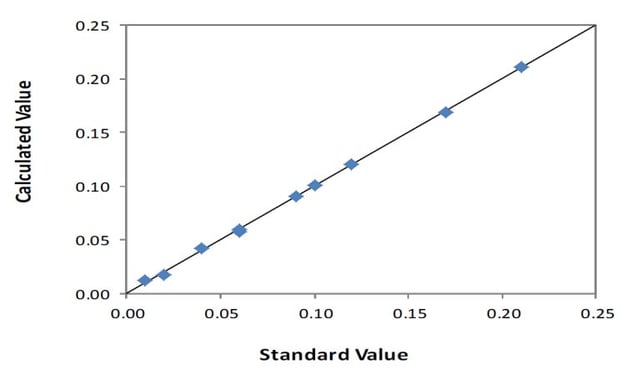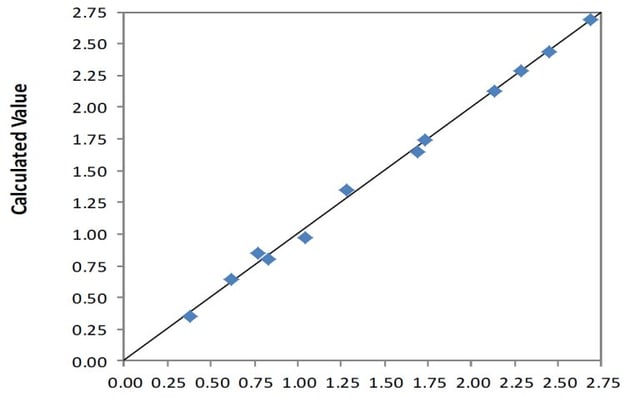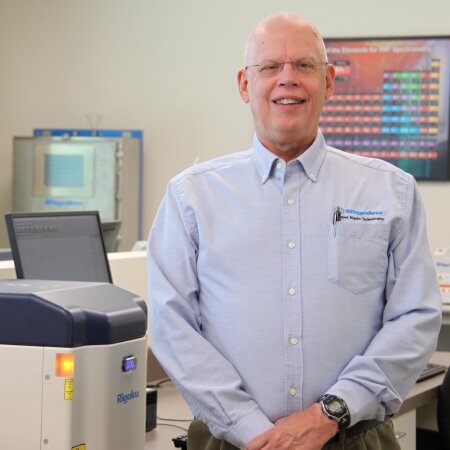Application Note EDXRF1420

Scope
This application note demonstrates the measurement of chlorine (Cl) and predicted ash content in unburned biomass using NEX QC+.
Background
Biomass refers to dry plant matter. Biomass is used as a feedstock in the pulp and paper industry as well as in the production of biofuels. Biomass is also an increasingly popular primary or secondary fuel at power plants and cement kilns. Ash consists of the metal oxides and heavier elements that remain after combustion removes the organic, gaseous, and volatile components. Biomass combustion properties depend in part on the ash content, and prior to incineration chlorine levels must be at safe, low levels. EDXRF offers a fast, simple, and affordable method of measuring the chlorine content and predicting the % ash content, without the need for radioisotopes or long combustion analytical methods.
Calibration
To create calibration standards, two homogeneous splits are taken from a homogeneous bulk sample. One split is ashed to determine the % ash content. This % ash number is then assigned to the unburned split as an assay for use as an XRF calibration standard. The unburned split is also assayed for Cl content.
Calibration is performed only once, and then refreshed once a year. Daily operation measuring unknowns is then fast and simple, requiring no special technical knowledge.
To demonstrate a mixed calibration, 14 assayed field samples were acquired for the empirical calibrations. Ash measurements were automatically optimized based on the measurement of other major and minor elements present in the biomass, such as S, Ca, Fe, Zn, Pb, and Sr.
| Number of standards | Type | "As Received" assay |
| 4 | Wood pellets | Ash 0.6 – 1.0% |
| 5 | Woodchip | Ash 0.4 – 2.2% Cl 0.01 – 0.10% |
| 5 | Waste woodchip | Ash 2.3 – 4.7% Cl 0.06 – 0.21% |
Calibration summary
Calibrations are shown here using a mix of biomass forms. Results may be further optimized by making a separate calibration for each different biomass form of interest, for example separate calibrations for wood pellets, woodchips, and waste woodchips.
| Element | Standards | Concentration range |
| Cl | 10 Woodchip + Waste woodchip |
0.01 – 0.21% |
| Ash | 14 Wood pellets + Woodchip + Waste woodchip |
0.38 – 2.65% |
| Chlorine Units: % |
||
| Sample I.D. | Standard value | Calculated value |
| WC 5801 | 0.10 | 0.101 |
| WC 5818 | 0.04 | 0.042 |
| WC 5879 | 0.01 | 0.012 |
| WC 5881 | 0.06 | 0.058 |
| WC 5883 | 0.02 | 0.017 |
| WW 4961 | 0.06 | 0.060 |
| WW 4963 | 0.17 | 0.169 |
| WW 5863 | 0.12 | 0.120 |
| WW 5864 | 0.09 | 0.091 |
| WW 5865 | 0.21 | 0.211 |
 Correlation plot Cl in biomass
Correlation plot Cl in biomass
| Ash Units: % |
||
| Sample I.D. | Standard value | Calculated value |
| WP 3101 | 0.62 | 0.639 |
| WP 3102 | 0.77 | 0.849 |
| WP 3103 | 1.04 | 0.968 |
| WP4934 | 0.83 | 0.801 |
| WC 5801 | 2.13 | 2.123 |
| WC 5818 | 0.38 | 0.356 |
| WC 5879 | 1.28 | 1.343 |
| WC 5881 | 1.73 | 1.743 |
| WC 5883 | 1.69 | 1.651 |
| WW 4961 | 2.69 | 2.686 |
| WW 4963 | 3.06 | 3.076 |
| WW 5863 | 2.29 | 2.286 |
| WW 5864 | 2.45 | 2.435 |
| WW 5865 | 4.65 | 4.650 |
 Correlation plot ash in biomass
Correlation plot ash in biomass
Repeatability
To demonstrate repeatability, three calibration standards were selected to show the lower and higher levels of Cl and % ash concentration ranges. Each sample was measured in 10 repeat analyses without moving the sample between measurements to determine an average value for precision. If desired, repeatability can be enhanced by using longer measurement times.
| Standard | % Cl assay value | % Cl average value | Std. dev | % Relative dev |
| WW 5865 | 0.21 | 0.218 | 0.005 | 2.4% |
| WC 5883 | 0.02 | 0.025 | 0.001 | 5.0% |
| Standard | % Ash assay value | % Ash average value | Std. dev | % Relative dev |
| WW 5865 | 4.65 | 4.578 | 0.054 | 1.2% |
| WC 5883 | 1.69 | 1.709 | 0.025 | 1.5% |
| WP 4934 | 0.83 | 0.862 | 0.028 | 3.4% |
Conclusion
The NEX QC+ offers the lab analyst or field operator at the site a simple and fast tool for measuring chlorine and predicting % ash content in biomass quickly and easily without the use of radioisotopes or combustion techniques. The versatility of the NEX QC+ EDXRF analyzer also allows for the report of other elemental and oxide concentrations as well, provided element and oxide assay values are available for the set of calibration standards

